* Each tuna can should be 5 OZ before draining and 4 OZ after draining = total 12 OZ after draining; add more cans of tuna if the tuna has less meat than usual. Use any tuna you like or have available. Tuna in olive oil will have a superior flavor, while tuna in water (its own juices) will be lighter in calories. With either option, make sure the tuna is drained. A small amount of residual liquid can be present, but no more than that.
Types of Saltwater Fish
May 21, 2024The vast and teeming oceans offer a breathtaking array of life, and among its most captivating inhabitants are the countless varieties of Types of Saltwater Fish. For centuries, these aquatic creatures have played a pivotal role in human civilization, serving as a crucial source of sustenance and inspiring culinary traditions across the globe. The sheer diversity of Types of Saltwater Fish is astounding, each possessing unique characteristics that influence its flavor, texture, and suitability for different cooking methods. Embarking on a culinary exploration of Types of Saltwater Fish is an adventure in taste and discovery, opening up a world of exciting possibilities for both home cooks and professional chefs alike. Understanding the general categories and qualities of Types of Saltwater Fish is the first step towards appreciating their culinary versatility.

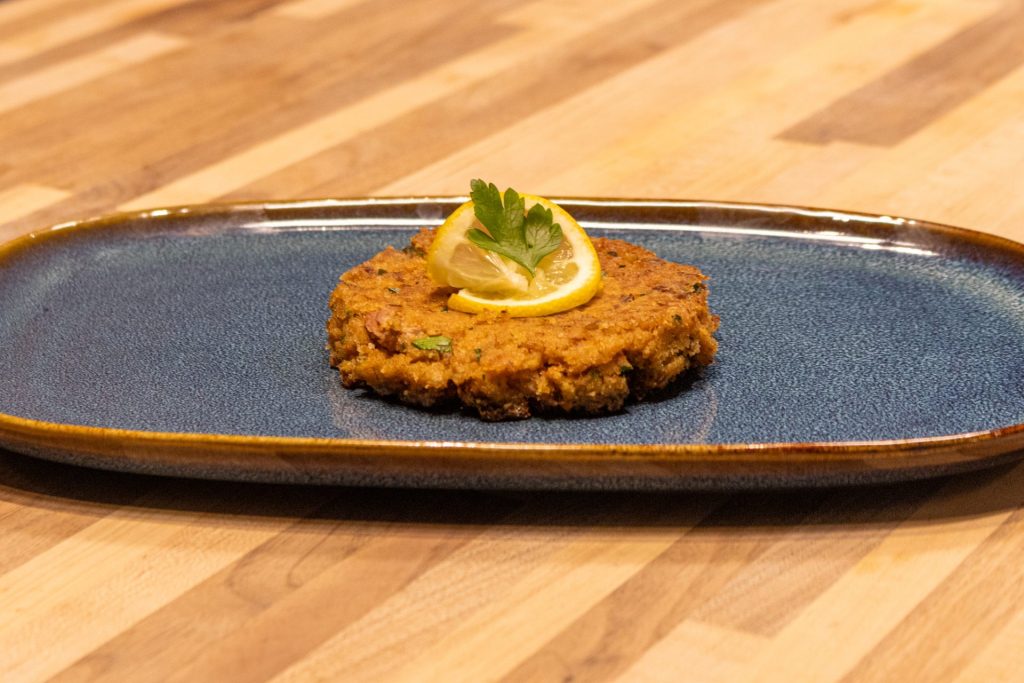
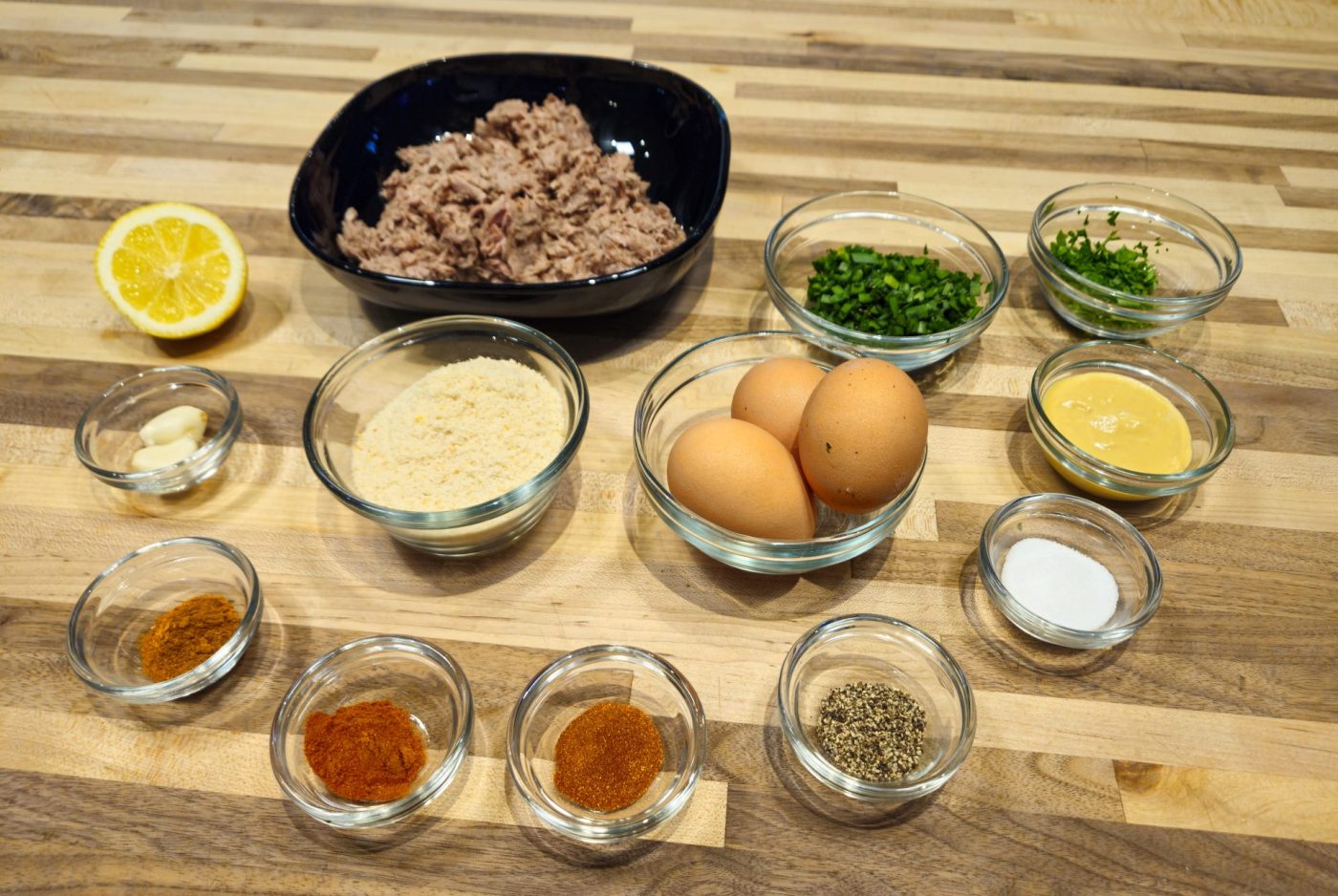
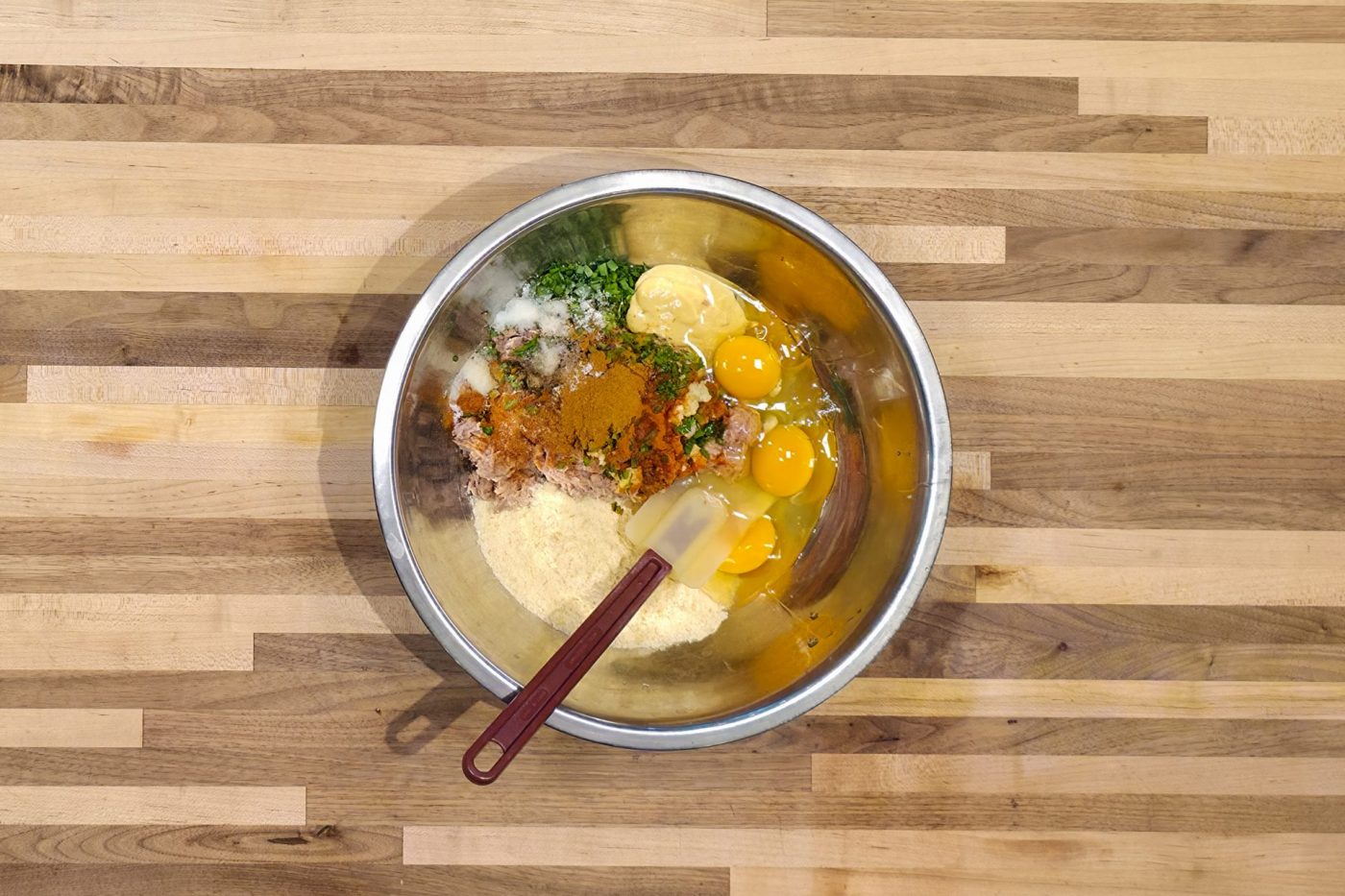
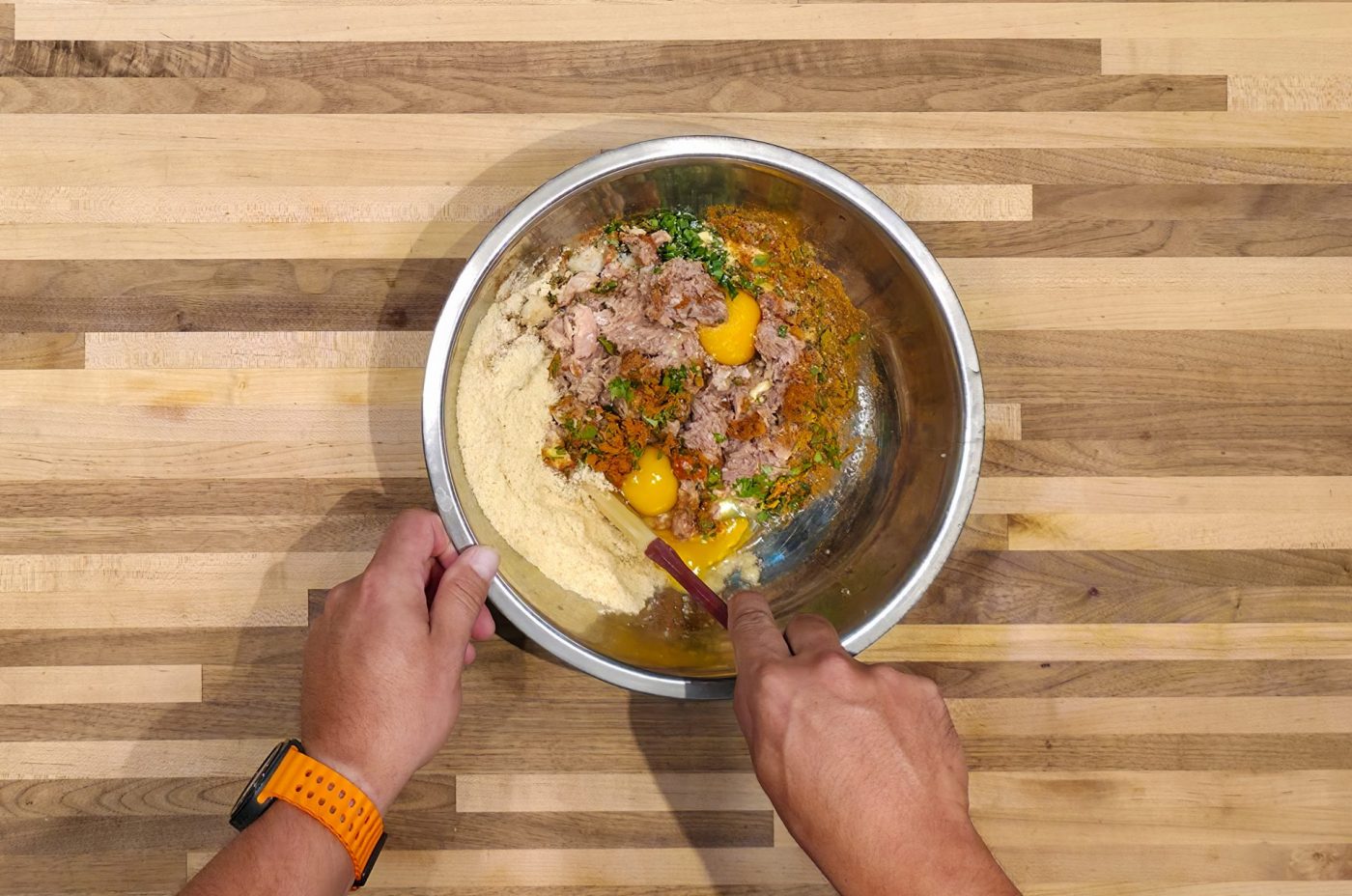
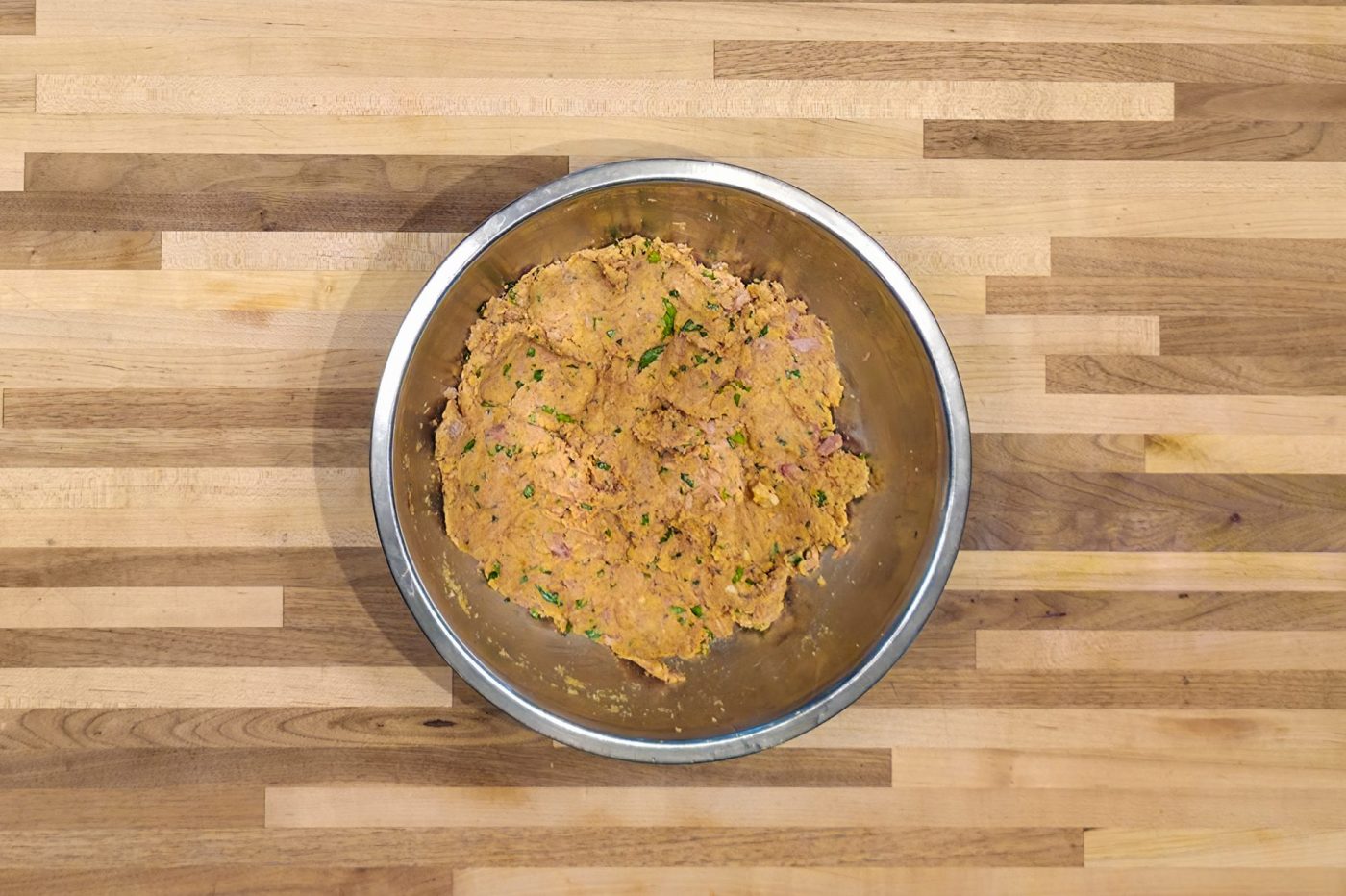
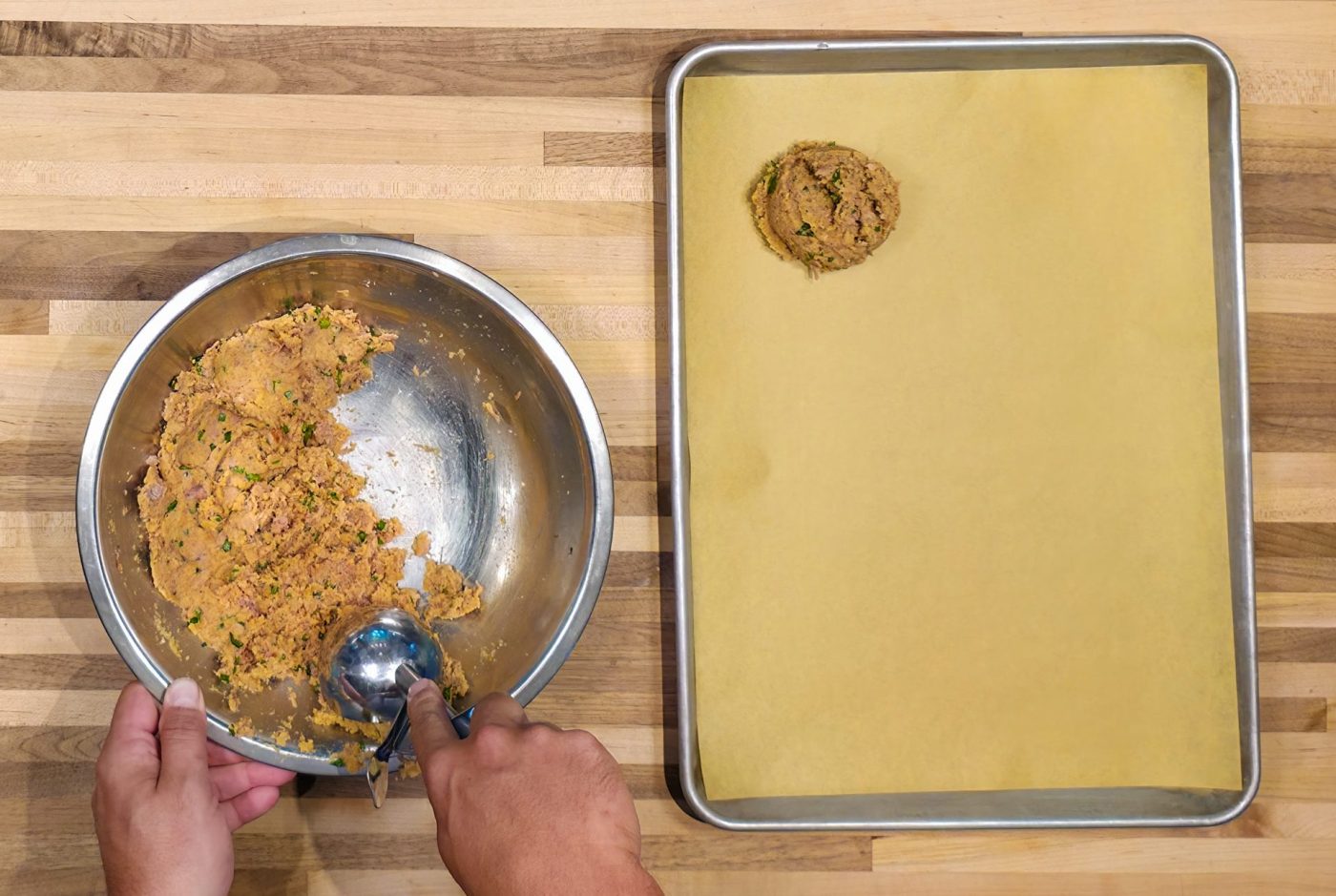
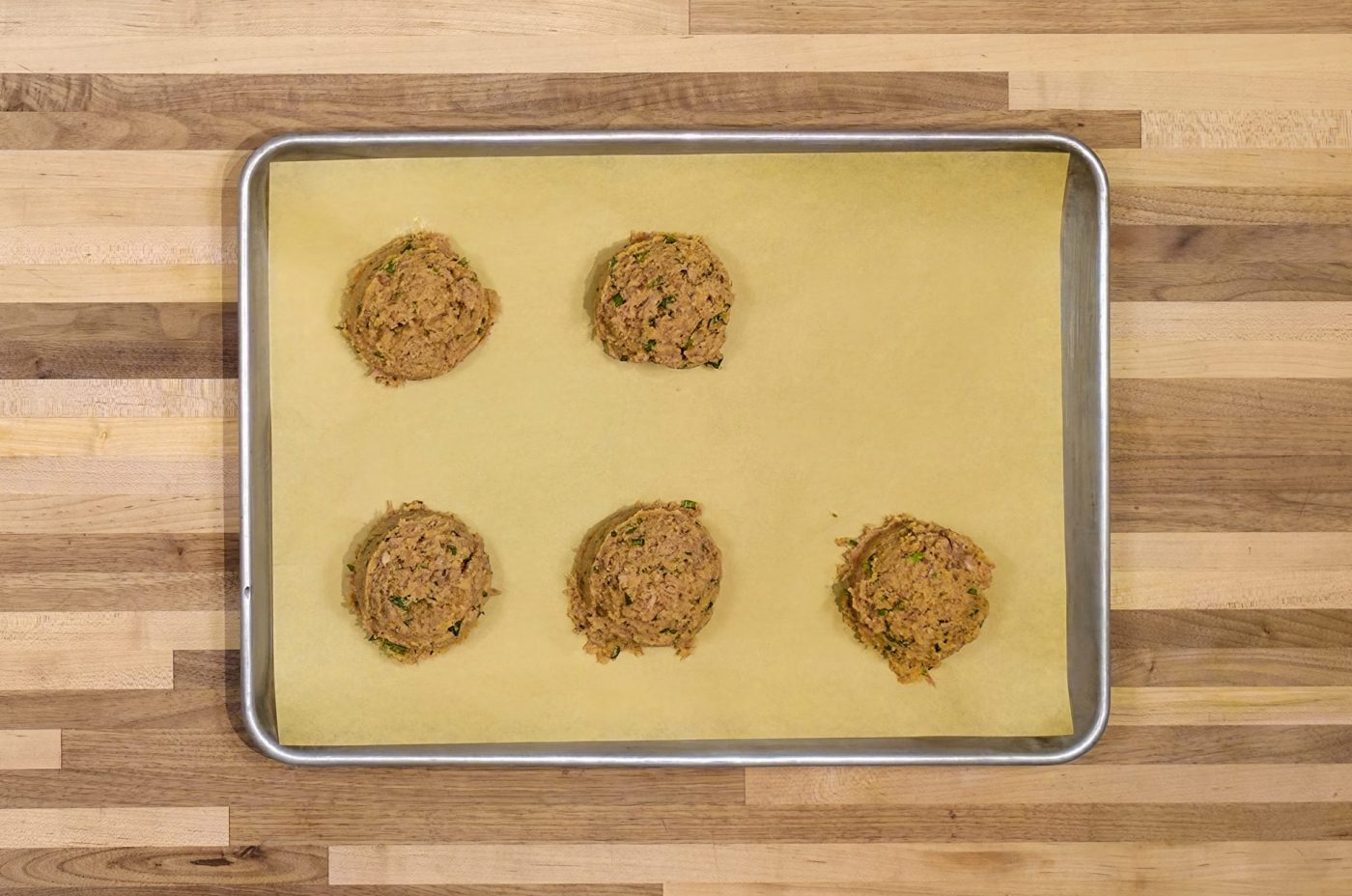
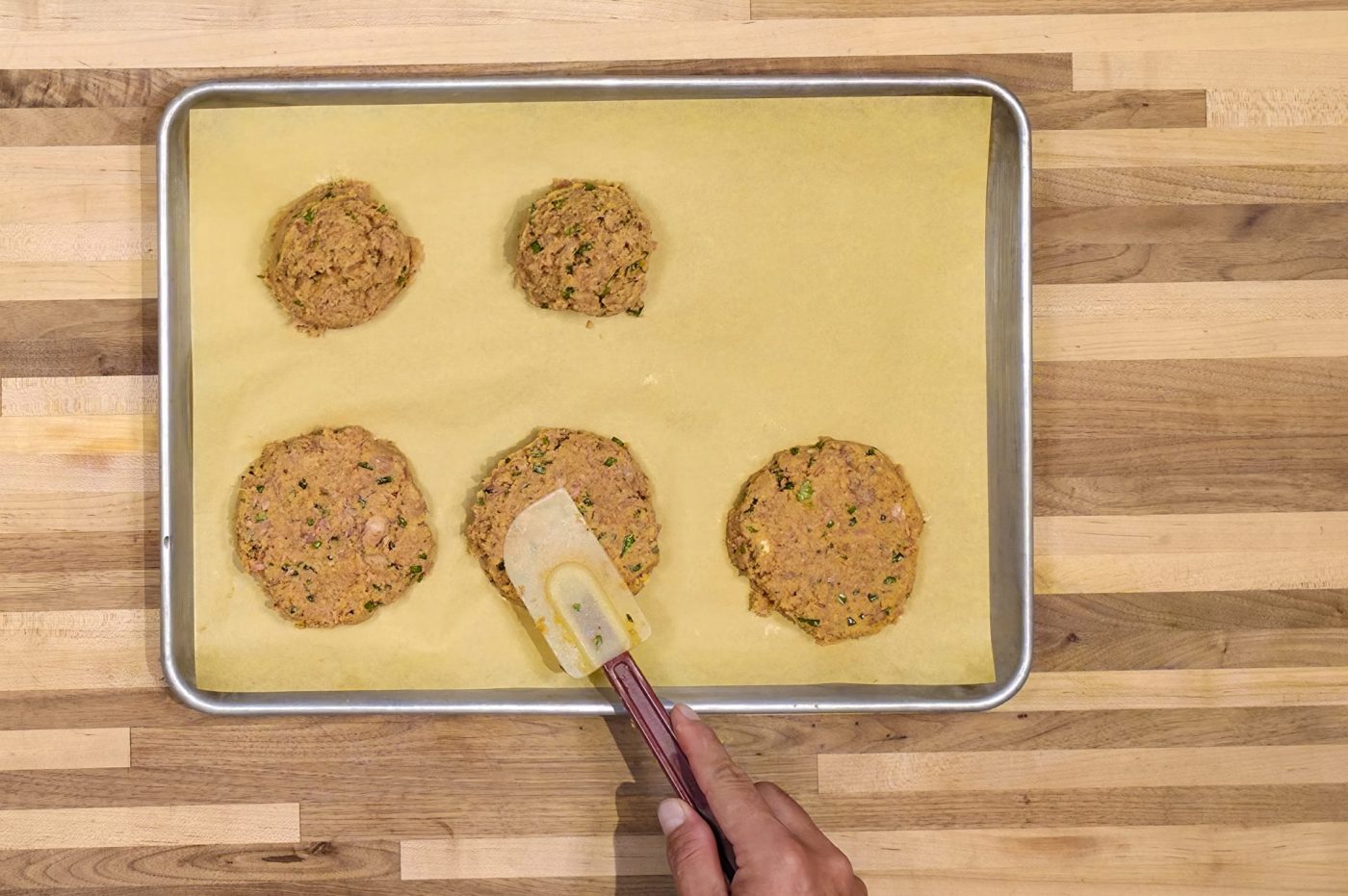
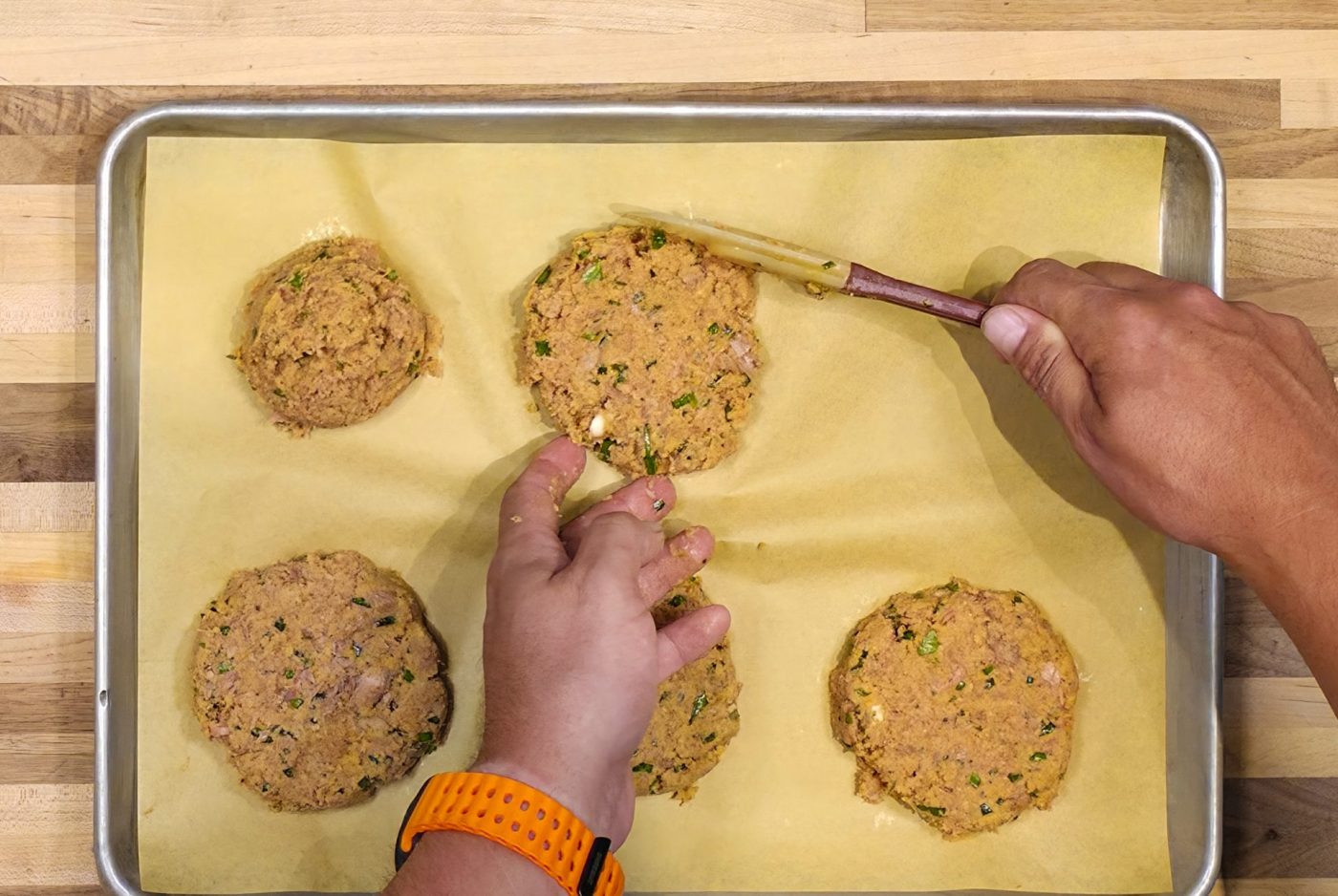
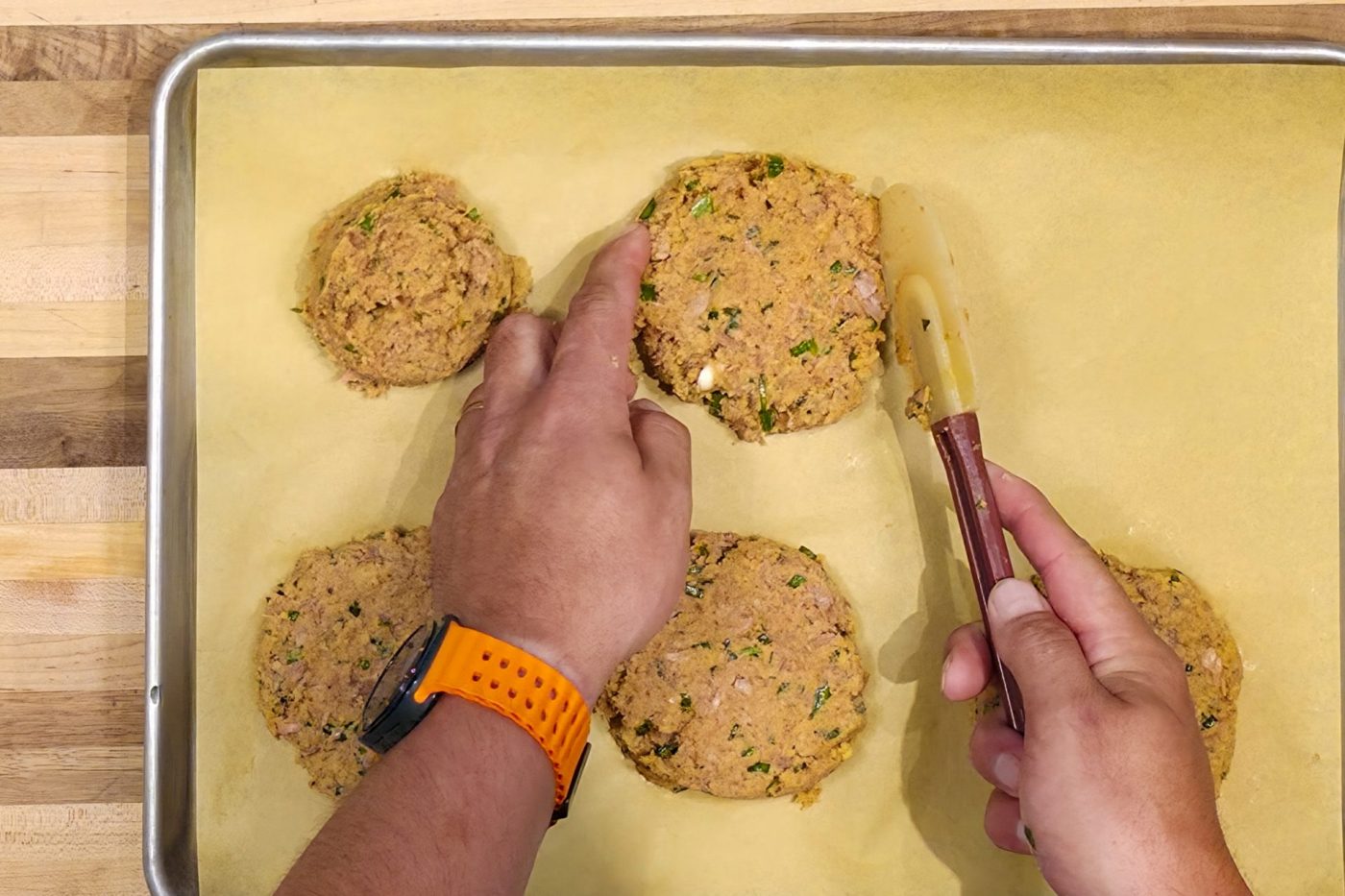
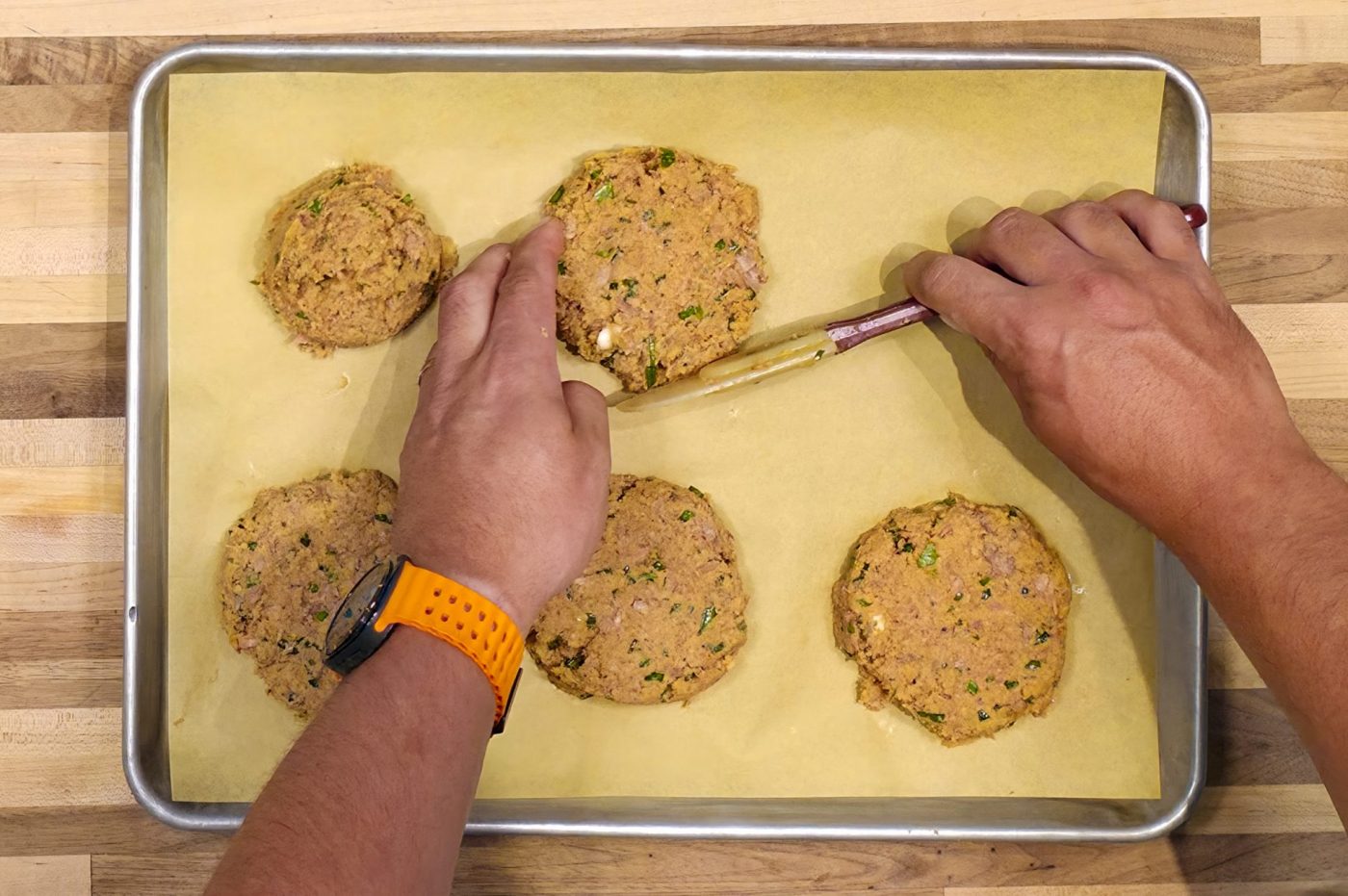
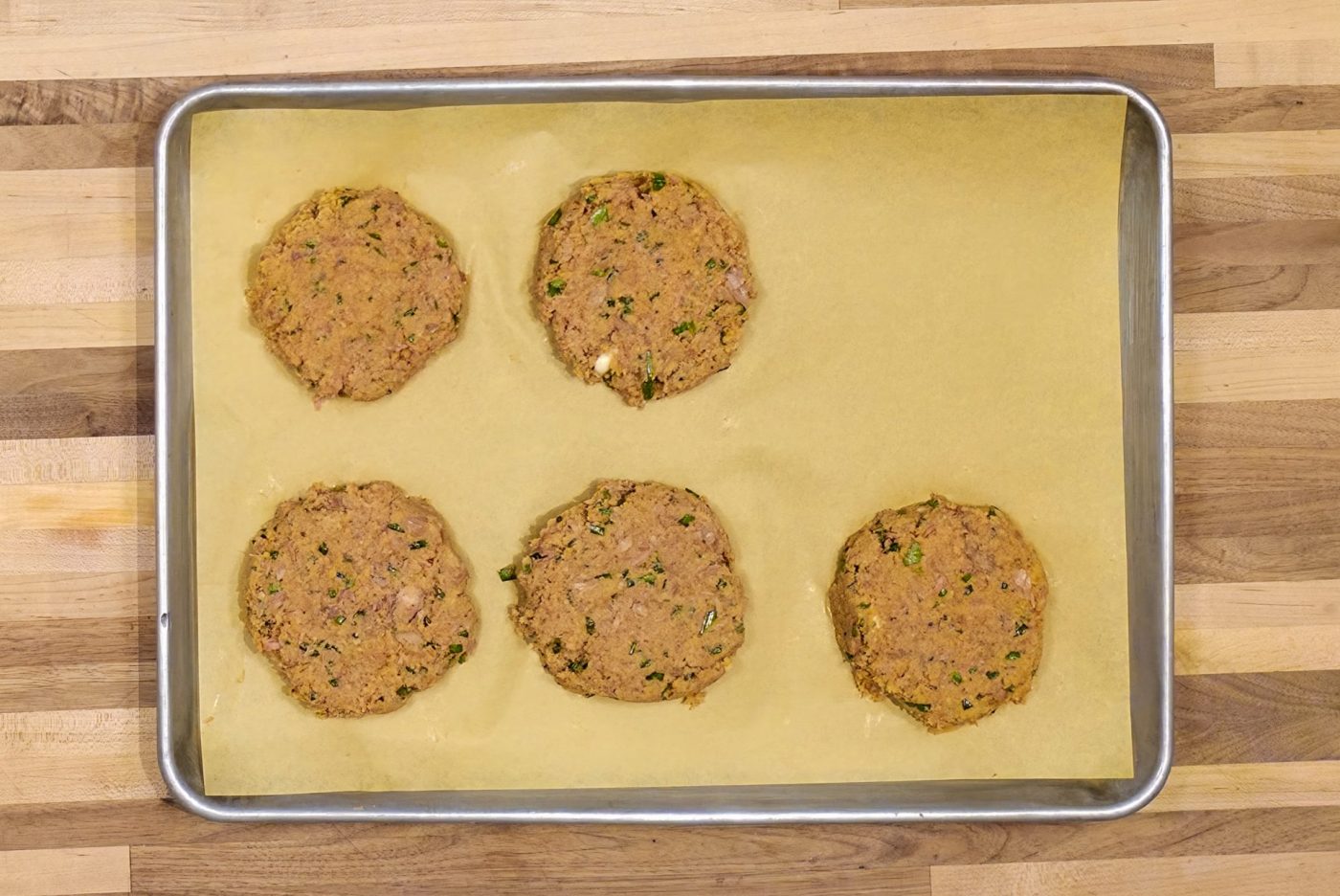
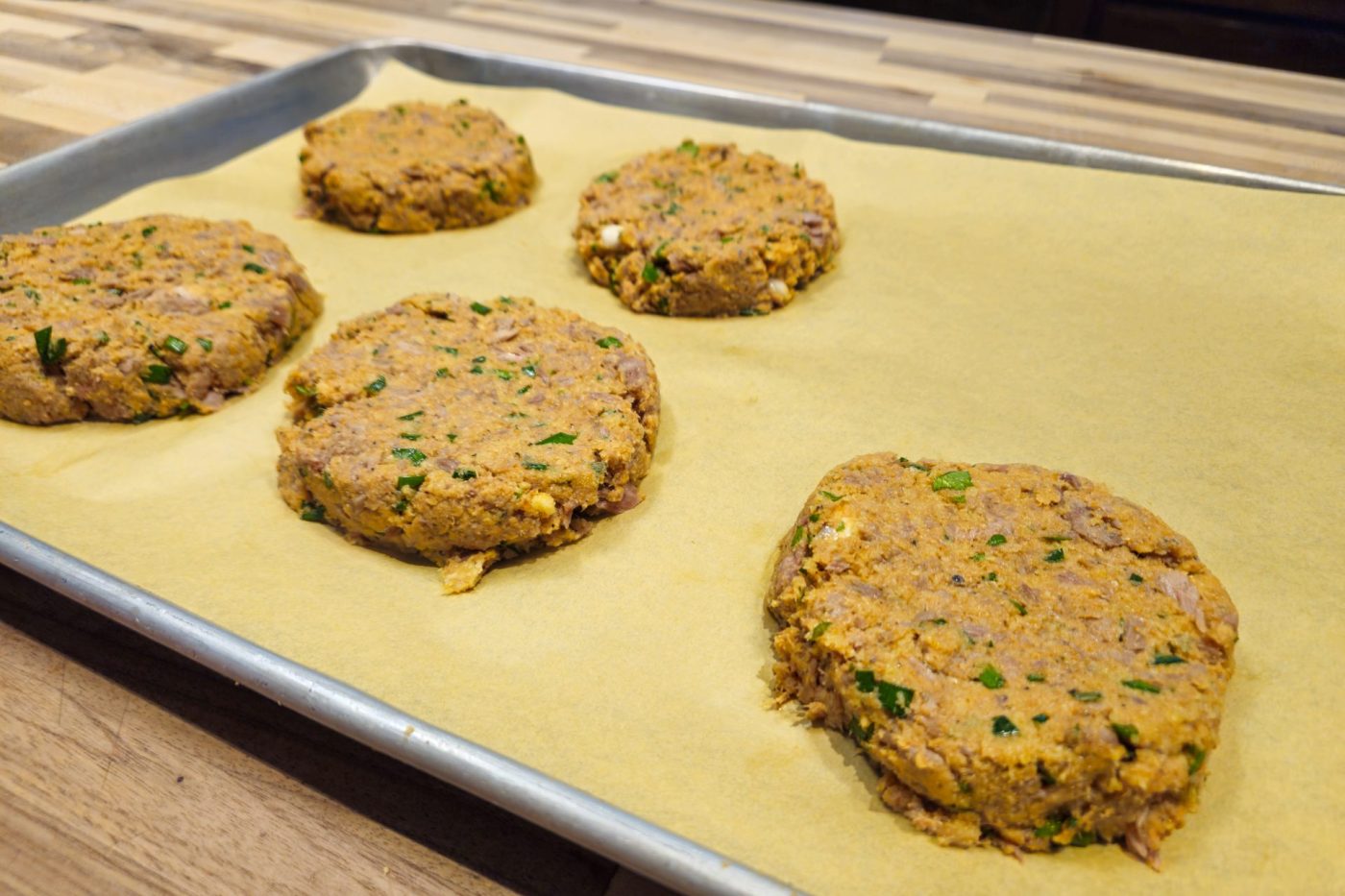
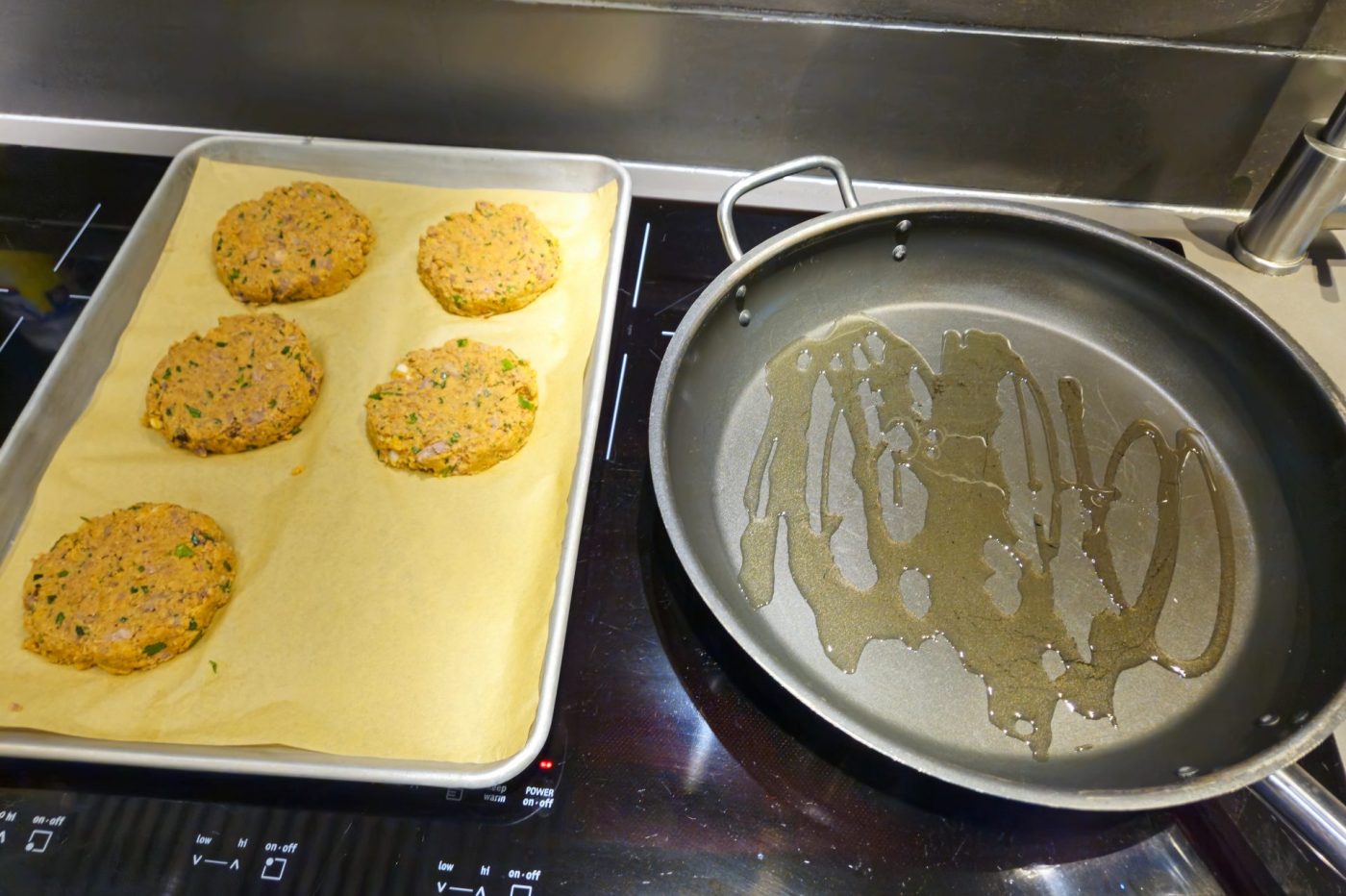
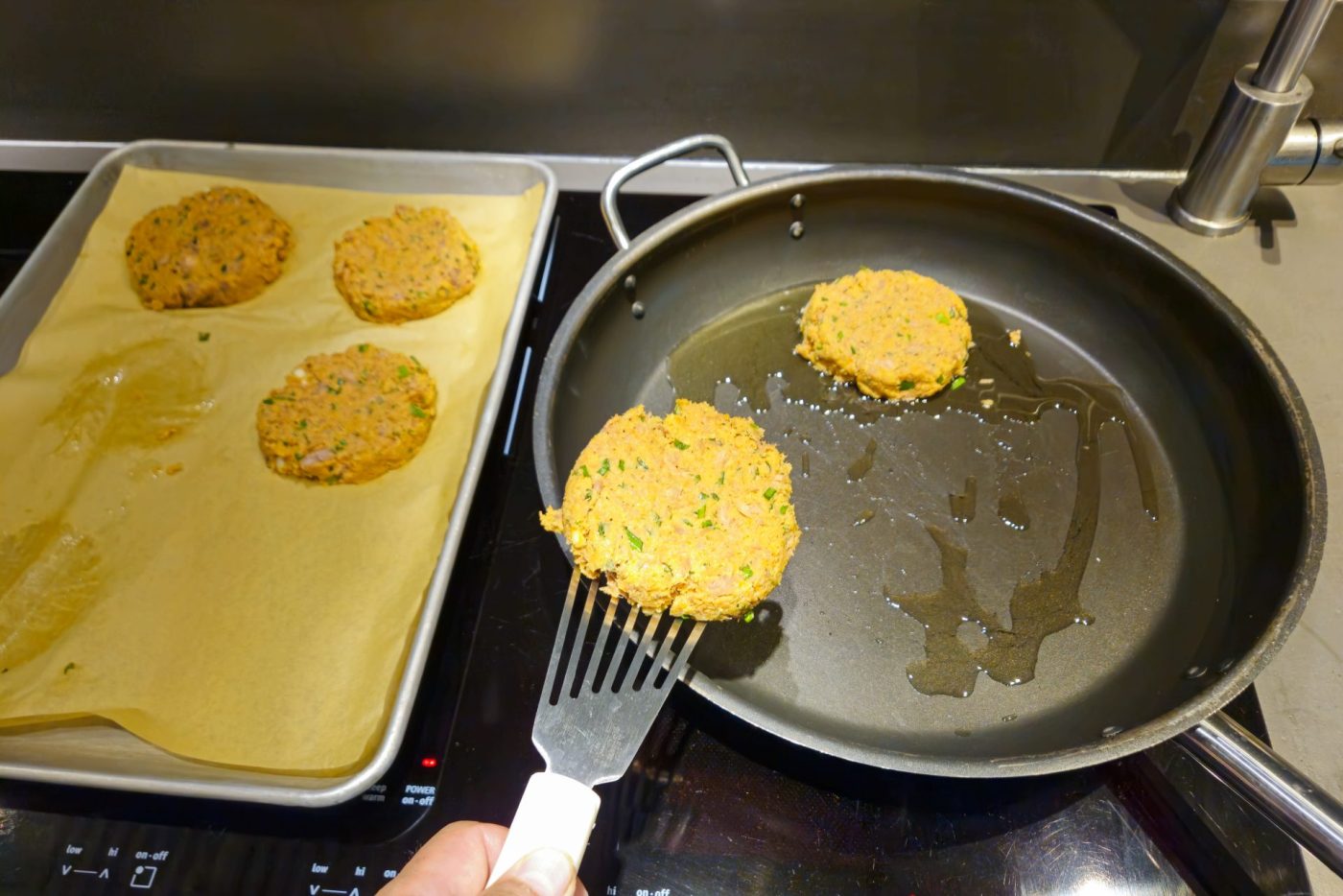
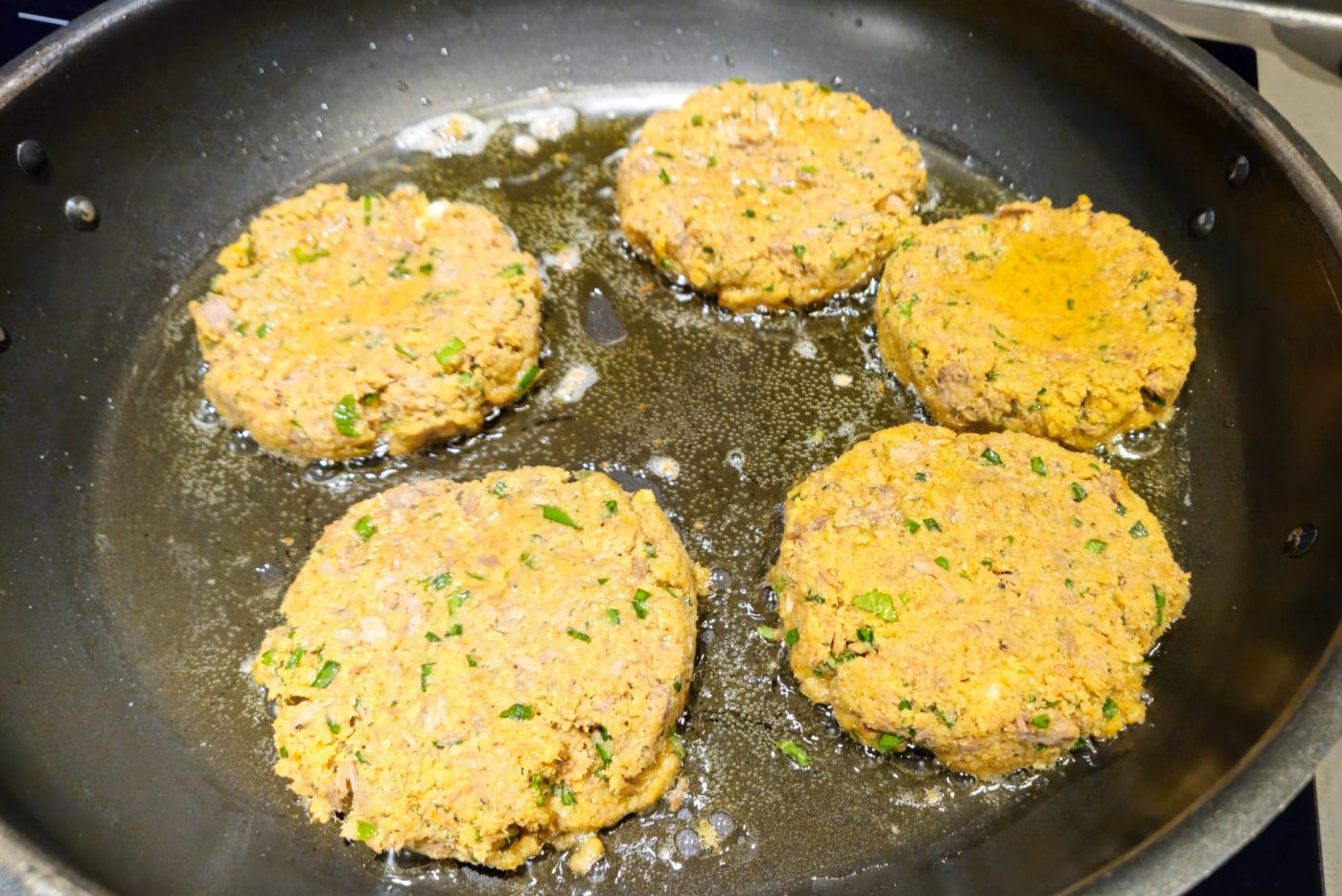




Share
Click on the icons below to share "Title of the item to share"